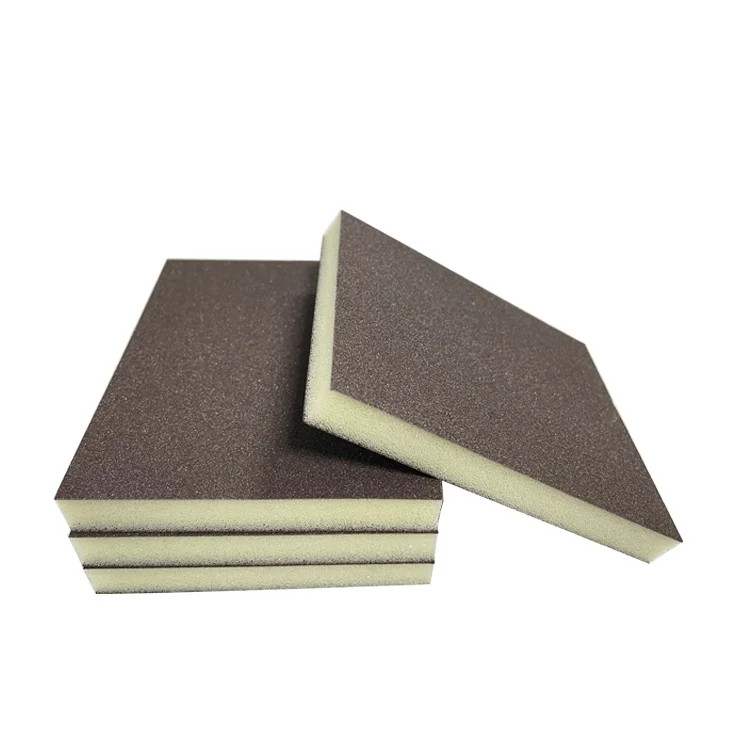When it comes to automotive maintenance and restoration, one of the most challenging tasks can be the removal of auto trim adhesive. Whether you're replacing old trim, restoring a classic car, or simply undertaking a DIY project, understanding how to effectively remove adhesive is crucial for achieving a clean and professional finish. This article delves into the best practices, tools, and techniques for removing auto trim adhesive, ensuring that you can tackle this task with confidence.
Understanding Auto Trim Adhesive
Auto trim adhesive is specifically designed to provide a strong bond between trim pieces and the vehicle's surface. This adhesive is often resistant to environmental factors such as heat, moisture, and UV rays, making it durable but also challenging to remove. Common types of adhesives used in automotive applications include double-sided tape, urethane adhesives, and silicone-based products. Each type may require a different approach for effective removal.
Tools and Materials Needed
Before embarking on the adhesive removal process, gather the following tools and materials:
- Heat Gun or Hair Dryer: To soften the adhesive.
- Plastic Scraper or Putty Knife: For gently prying off trim pieces without damaging the surface.
- Adhesive Remover: Commercial products like Goo Gone or 3M Adhesive Remover can be effective.
- Rubbing Alcohol or Acetone: For cleaning residual adhesive.
- Microfiber Cloths: To avoid scratching the vehicle's surface.
- Protective Gloves: To protect your hands from chemicals and sharp edges.
Step-by-Step Guide to Removing Auto Trim Adhesive
Step 1: Prepare the Area
Before starting, ensure that the work area is clean and well-ventilated. If you're working on a vehicle, park it in a shaded area to prevent the adhesive from hardening due to heat. Remove any loose debris or dirt from the trim and surrounding area.
Step 2: Apply Heat
Using a heat gun or hair dryer, gently warm the adhesive. This step is crucial as heat softens the adhesive, making it easier to remove. Keep the heat source moving to avoid damaging the paint or trim. Aim for a temperature that is warm to the touch but not hot enough to cause burns or damage.
Step 3: Gently Pry Off the Trim
Once the adhesive is softened, use a plastic scraper or putty knife to carefully pry off the trim. Start at one end and work your way along the trim piece. Be patient and avoid using excessive force, as this can lead to scratches or dents in the vehicle's surface.
Step 4: Remove Residual Adhesive
After the trim has been removed, you may find residual adhesive left on the surface. Apply an adhesive remover according to the manufacturer's instructions. Allow it to sit for a few minutes to penetrate the adhesive. Then, use a microfiber cloth to wipe away the softened adhesive. For stubborn spots, you may need to repeat this process or use rubbing alcohol or acetone.
Step 5: Clean the Surface
Once all adhesive has been removed, clean the area with soap and water to eliminate any chemical residues. Dry the surface thoroughly before proceeding with any new trim installation or painting.
Tips for Success
- Test First: Always test any adhesive remover on a small, inconspicuous area to ensure it does not damage the paint or finish.
- Work in Sections: If dealing with a large area, work in smaller sections to maintain control and effectiveness.
- Patience is Key: Rushing the process can lead to damage. Take your time to ensure a clean removal.
Conclusion
Removing auto trim adhesive may seem daunting, but with the right tools and techniques, it can be accomplished effectively. By following this comprehensive guide, DIY enthusiasts can ensure a clean surface for their automotive projects, whether it’s for restoration, repair, or enhancement. Remember, the key to success lies in preparation, patience, and the right approach. Happy DIYing!

